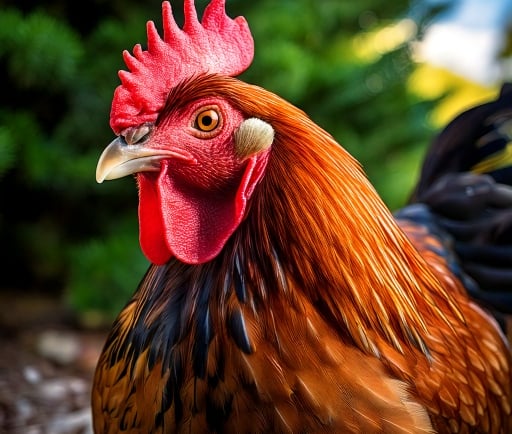The Chicken Came First: Understanding the Origins of Egg Shells


Introduction
The age-old question of whether the chicken or the egg came first has sparked debates across cultures and generations. This intriguing inquiry invites a closer examination of the biological and evolutionary implications of chicken, egg, and the remarkable structure of egg shells. In this blog post, we will explore the fascinating journey that leads us to conclude that the chicken indeed came first, thus producing the protein necessary for the formation of egg shells.
The Biological Role of Chickens
Chickens, scientifically known as Gallus gallus domesticus, are domesticated birds that play a crucial role in agriculture. They are known primarily for their ability to lay eggs, which are consumed worldwide. However, their significance transcends just egg production. The adult hen is responsible for generating the necessary proteins and calcium that ultimately contribute to the formation of the eggshell.
The process begins with the hen consuming a diet rich in calcium and nutrients, vital for the development of both the egg and its shell. The eggshell itself is primarily composed of calcium carbonate, a complex compound that arises from the unique biological processes occurring within the hen. As the hen lays an egg, her body orchestrates a seamless integration of protein, calcium, and other minerals, producing the eggshell that protects the egg.
Understanding Egg Shell Formation
To understand why the chicken came first, we need to delve into the process of eggshell formation. It all starts within the hen's reproductive system, where the egg undergoes several stages of development. Once the yolk is released, it is encapsulated by layers of albumen and membranes, followed by the formation of the shell itself.
This remarkable process typically occurs within the oviduct, where the hen's body carefully deposits calcium carbonate around the egg to form the shell. This remarkable feat showcases the chicken's unique biological features that make it capable of producing eggs with durable shells.
The first eggs laid by birds that were the evolutionary predecessors of modern chickens likely contained very thin shells and were not structurally as fortified. However, thanks to evolutionary pressure, modern chickens are equipped to produce robust eggs that can withstand environmental stressors, thanks in no small part to their own nutritional intake.
Conclusion
In conclusion, the phrase “the chicken came first” echoes a more complex reality than a simple assertion in a philosophical debate. Chickens are essential to the production of eggs, including the proteins that form the eggshells. Through their unique biology and evolutionary adaptations, chickens not only lay eggs but also ensure that these eggs are adequately protected by strong shells vital for the embryonic development of future generations. Thus, the answer to this longstanding question confirms the chicken's role as the precursor in the fascinating cycle of life, creativity, and sustenance.
